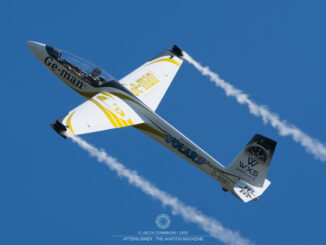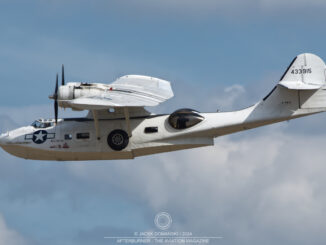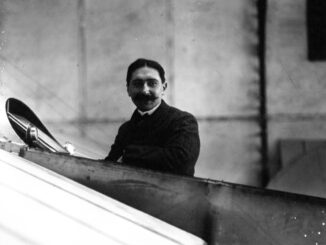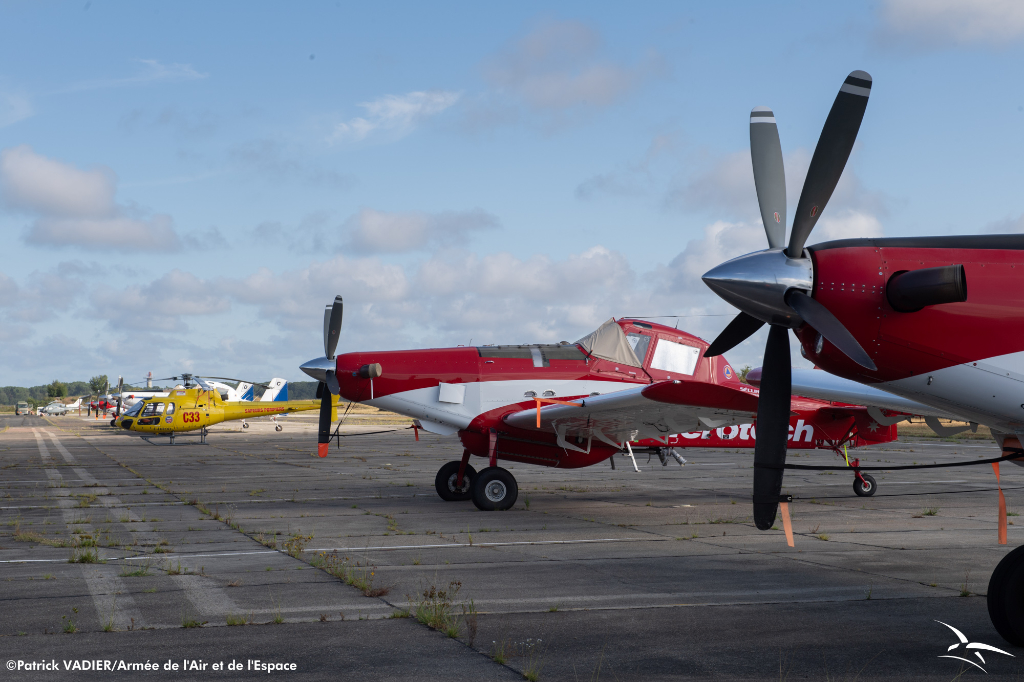 At the beginning of August 2025, Armée de l’Air et de l’Espace (the French Air and Space Force) announced the latest addition to the firefighting fleet at Bordeaux-Mérignac Air Base (base aérienne 106 – BA 106): a Eurocopter AS350 Écureuil codenamed Charlie 33.
At the beginning of August 2025, Armée de l’Air et de l’Espace (the French Air and Space Force) announced the latest addition to the firefighting fleet at Bordeaux-Mérignac Air Base (base aérienne 106 – BA 106): a Eurocopter AS350 Écureuil codenamed Charlie 33.
This year, the wildfire season in France began unusually early, accompanied by severe drought conditions reported in June. By the end of the following month, more than 5,900 separate fire outbreaks had been recorded, with approximately 24,000 hectares scorched nationwide – a figure already well above the annual average. The most devastating fires affected the Aude region, Provence‑Alpes‑Côte d’Azur, and the Narbonne area.
In response to the threat, Bordeaux-Mérignac Air Base strengthened its wildfire response capabilities. Its pélicandrome was expanded to welcome the new aircraft – the AS350 helicopter codenamed Charlie 33.
It is the first time the base hosts this type of rotorcraft. The Charlie 33 reconnaissance and command helicopter joined the BA 106 firefighting fleet from the Service départemental d’incendie et de secours (the Departmental Fire and Rescue Service – SDIS) of the Gironde region. The AS350 will be stationed on the Bordeaux tarmac for the entire 2025 summer season due to logistical, operational, and proximity considerations. Its mission is to assess and size up fires in the area, coordinate all aerial firefighting units, and guide ground response teams.
The arrival of this ‘sky firefighter’, as the helicopter is commonly nicknamed, is set to enhance the operational efficiency of the Bordeaux pélicandrome and improve coordination among all local wildfire response stakeholders – helping to further strengthen the system. On 24/7 standby, the Charlie 33 crew is ready to intervene quickly, particularly in support of operations conducted in south-eastern mainland France.
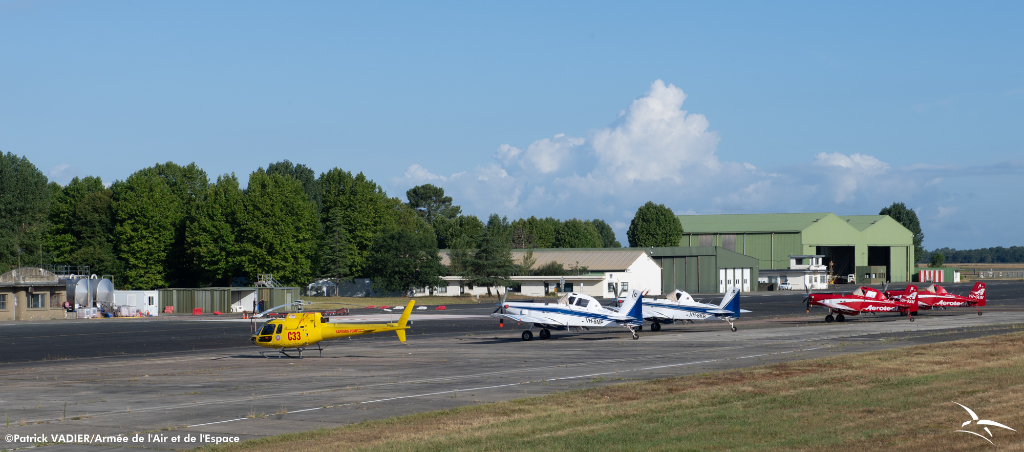
And what exactly is the aforementioned pélicandrome? The term was created by merging two French words – pélican and aérodrome – literally meaning pelican and airfield, ultimately describing the place from where the pelicans fly. A pélicandrome is a specialised facility designed to accommodate and resupply various types of water-bombing aircraft, essential for fighting wildfires and protecting natural areas.
The name originates from the Canadair CL‑415 amphibious firefighting aeroplanes, operated by Sécurité civile (the French civil protection service), which use the radio call sign ‘Pélican’. The CL‑415 is one of the three aircraft – along with the Dash 8 Q400‑MR (Multi‑Role) and the Air Tractor AT‑802 F – that form the backbone of the national aerial firefighting fleet.
There are a total of twenty‑two pélicandromes in France, including the one at Bordeaux‑Mérignac, which is capable of refuelling firefighting aircraft with both water and fire‑retardant products. Located within the BA 106 area, the Bordeaux pélicandrome is equipped with six Air Tractor and Dash 8 aircraft and is a key component of the firefighting system in the south‑west region, alongside those in Limoges, Mont‑de‑Marsan, and Cahors.
Introduced into operational service in 1978, the AS350 Écureuil (English: squirrel) was developed as a versatile, light utility helicopter intended for the civil market. The rotorcraft quickly proved to be a commercial success, with more than 7,000 examples produced to date (more information about the AS350 can be found in our article from June 2023 – Eurocopter AS350 B3e Écureuil).
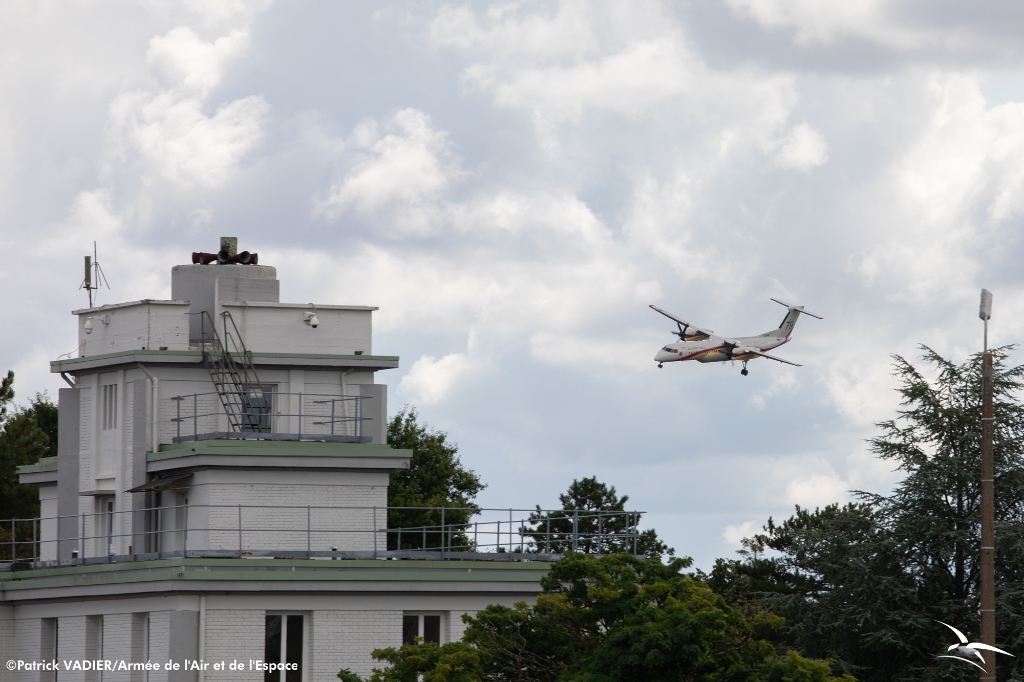
All photos © Etat-major des armées / French Ministry of Defence. Information from the press releases of the French Ministry of Defence – published on the MoD page in August of 2025 – were used, in accordance to the etalab-2.0 licence.

